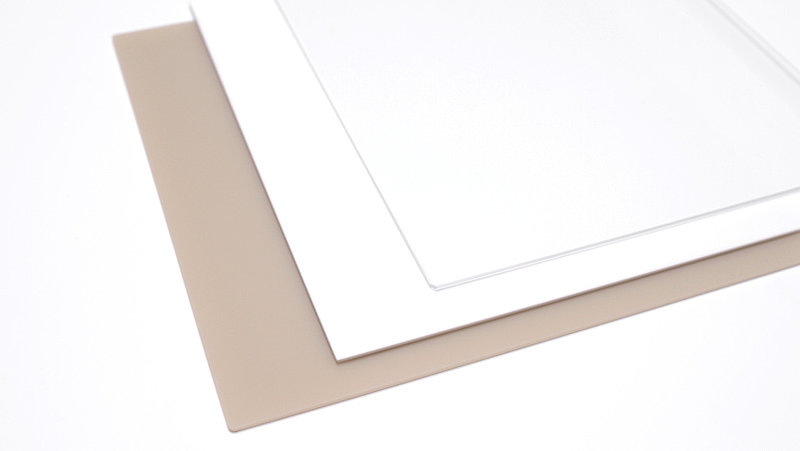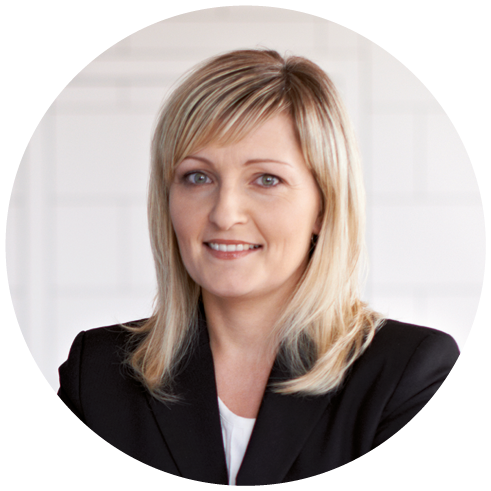With the use of ultrashort pulse (USP) laser technology, LCP Laser-Cut-Processing GmbH is entering a new level of complex processing of glass wafers, which form the basis for a wide range of applications. For example, in the production of masks and stencils, as wafer substrates for microfluidics, in microsystems technology and micromechanics (MEMS), in electronic packaging and as carriers for electronic circuits, optical filters and windows, to name just a few.
But what makes UKP laser technology so advantageous in glass wafer processing?
In a nutshell, the process is:
- fast,
- flexible,
- highly precise and,
- above all, which makes every entrepreneur particularly happy, cost-effective to process.
We attribute the speed to the elimination of tools and masks and the associated waiting times. The reason for this is that the etching process previously required is no longer necessary. As a result, USP machining brings about a significant reduction in process times compared with the conventional process using etching.
The flexibility of the process is made possible, among other things, by an unlimited material selection of glass types such as fused silica, BK7, Borofloat®, D263T®, AF32®, AS87® and MEMpax® as thin glass from 100 µm to 2.0 mm. In addition, a wide range of processing technologies such as cutting, drilling, patterning, modifying and wafer dicing support this advantage. Furthermore, USP laser technology is suitable for direct structuring of metallized and coated glasses as well as for processing of the glass substrates themselves. Free-form geometries, vias, hole grids and arrays, cavities as well as channels can also be easily implemented and the surface roughness of the processed surfaces can be adjusted accordingly.
In terms of precision, we are talking about a 10 µm positioning accuracy and alignment on already pre-structured surfaces. In addition, due to the athermal process, there are no microcracks, edge chipping or melt residues, thus classifying the machining process as very precise.
Glass processing using USP technology is also a cost-effective process, since the elimination of the etching process means that tools and masks are no longer required, and therefore no tooling and etching chemistry costs are incurred, resulting in shorter process times.
However, all these 4 previously mentioned advantages of glass wafer processing are of no use to the user if the many years of experience and knowledge in the application of different materials are not available. Only this interaction enables the best quality in the processing of materials with USP technology. This is where LCP Laser-Cut-Processing GmbH comes into play. The company is the application center and long-standing experience provider for high-end micromaterial processing of special materials such as glass wafers. In addition to the innovative USP technology, the company also uses other laser technologies that are always at the cutting edge of technology. Outsource your micromaterial processing challenges to the specialist. In this way, you remain flexible, can focus on your core competencies and save on your own costly and maintenance-intensive plant technology, tied-up personnel resources and many years of building up in-depth know-how. Your advantage with LCP: You receive a fast, reliable special service adapted to your individual needs, on which you can rely - from consulting and prototype production to possible series production along the entire process chain!

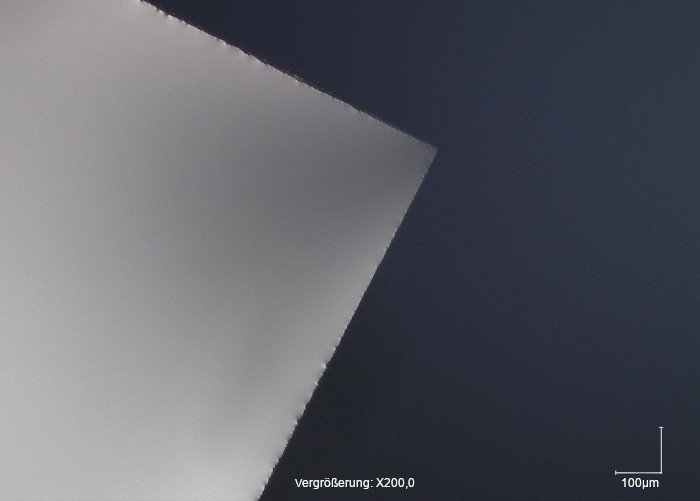

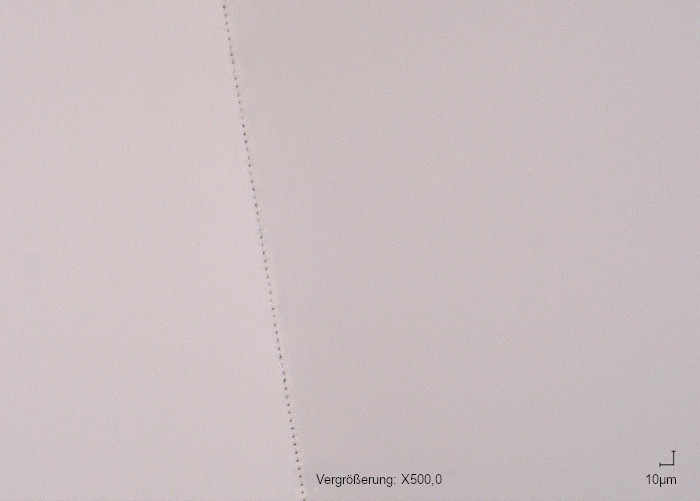



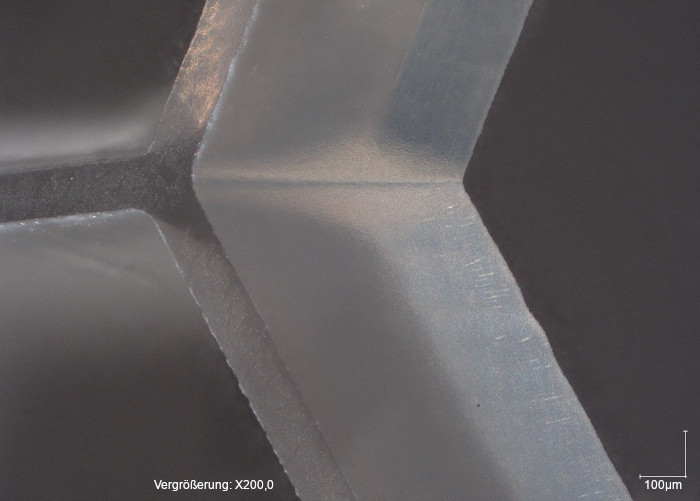

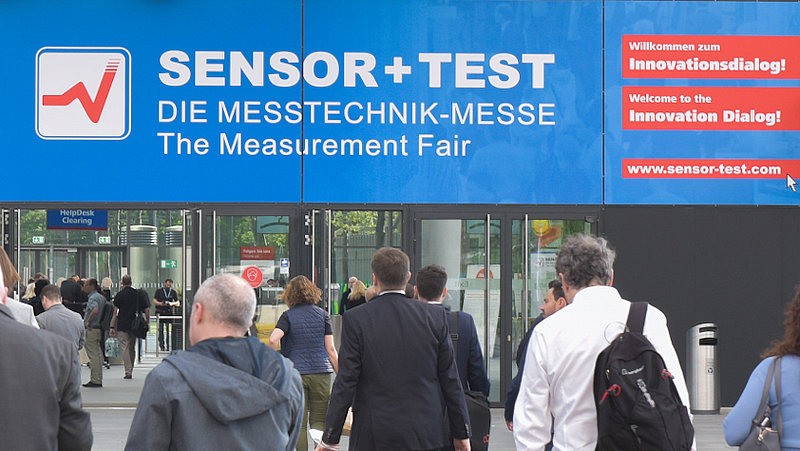



![[Translate to English:] LCP's sporting commitment to handball](/fileadmin/_processed_/5/7/csm_handball_engagement_842x474_a29dbbab0e.jpg)


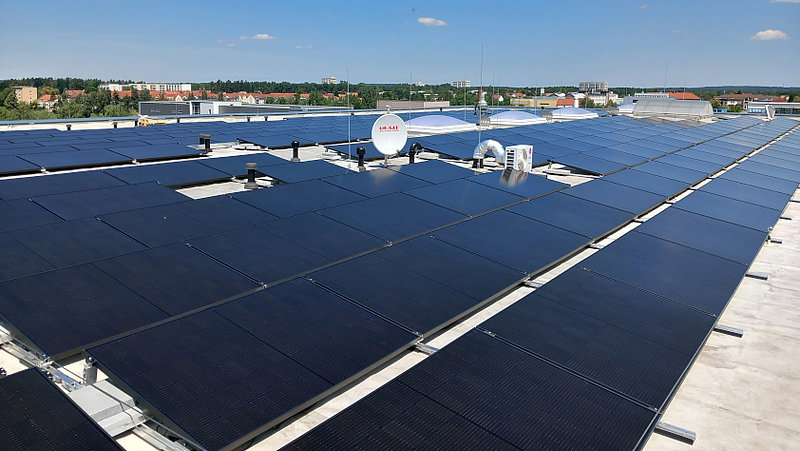



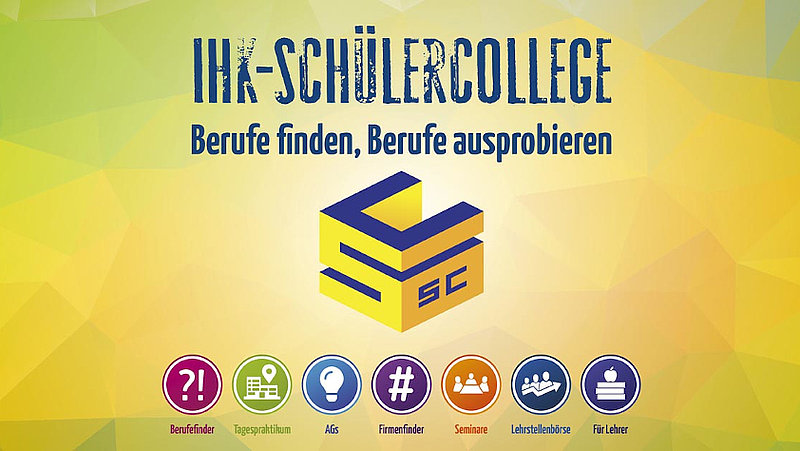



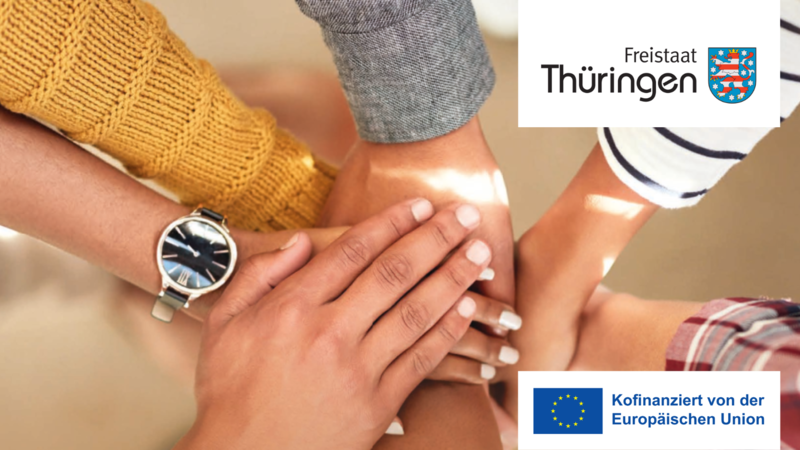



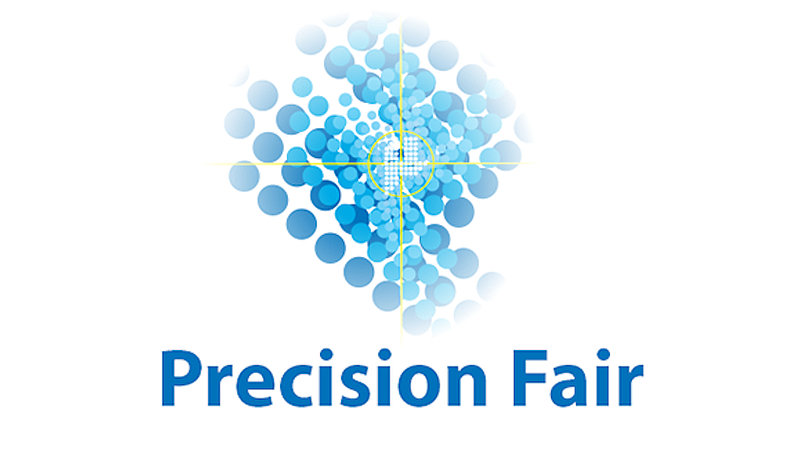



![[Translate to English:] Summer tour: Wolfgang Tiefensee visits LCP](/fileadmin/_processed_/f/7/csm_Besuch_Tiefensee_2022_Balkon_842_3ce801ac88.jpg)



![[Translate to English:] Silizium Wafer](/fileadmin/_processed_/4/5/csm_silizium_wafer_842_022e209b94.jpg)
![[Translate to English:] USP-SLS](/fileadmin/_processed_/6/0/csm_UKP-SLS_905ac12200.jpg)









